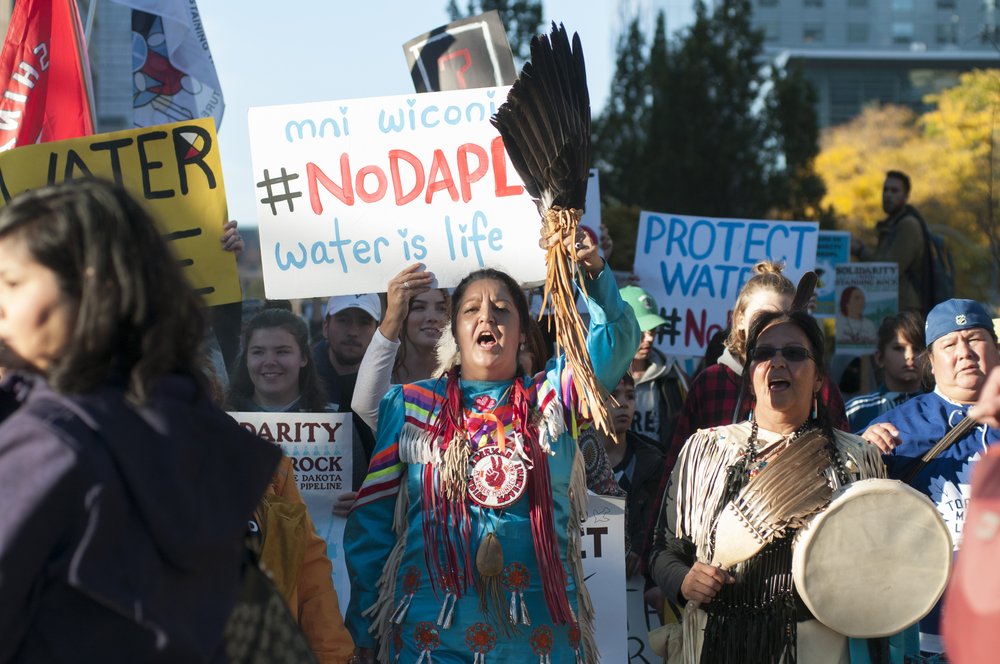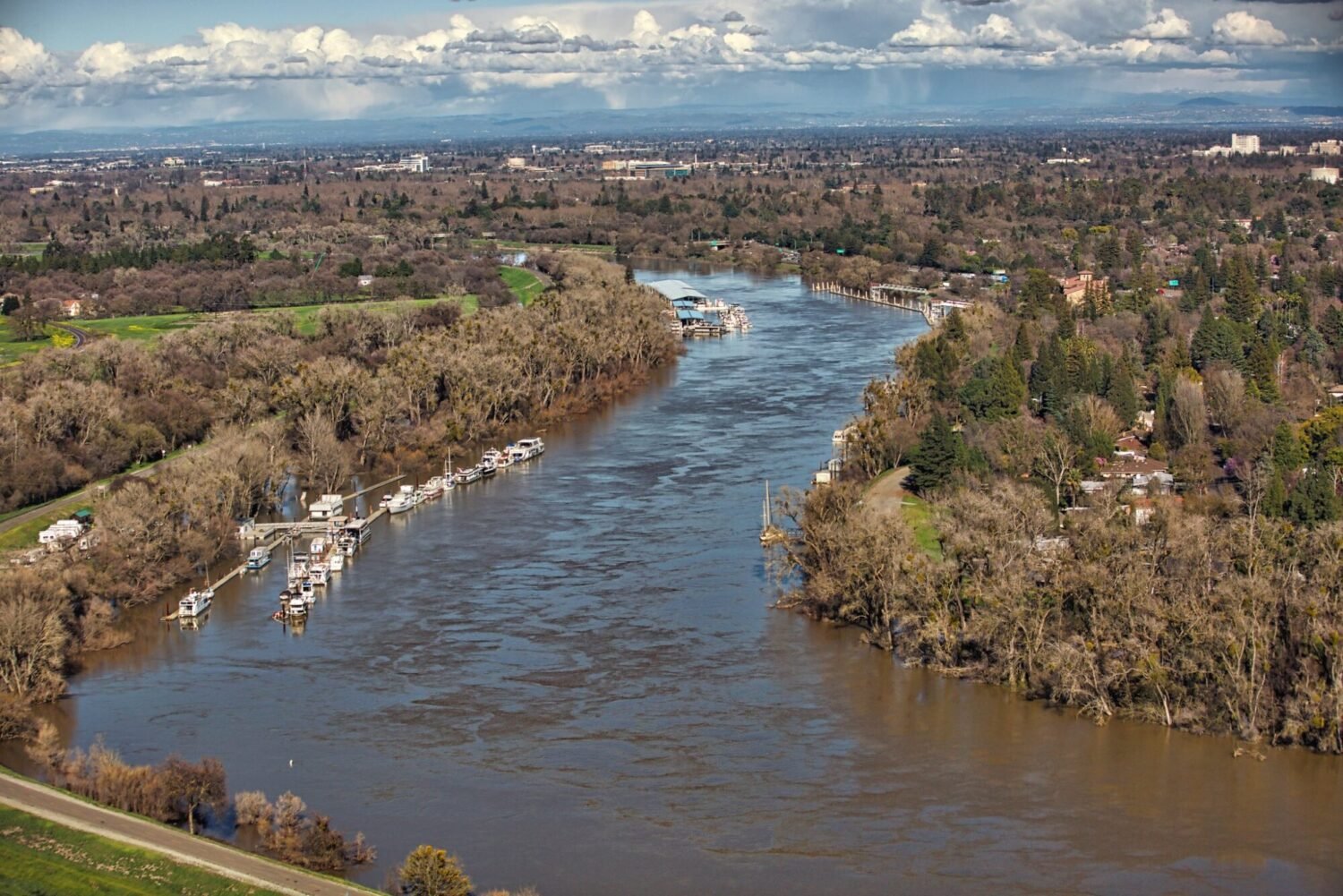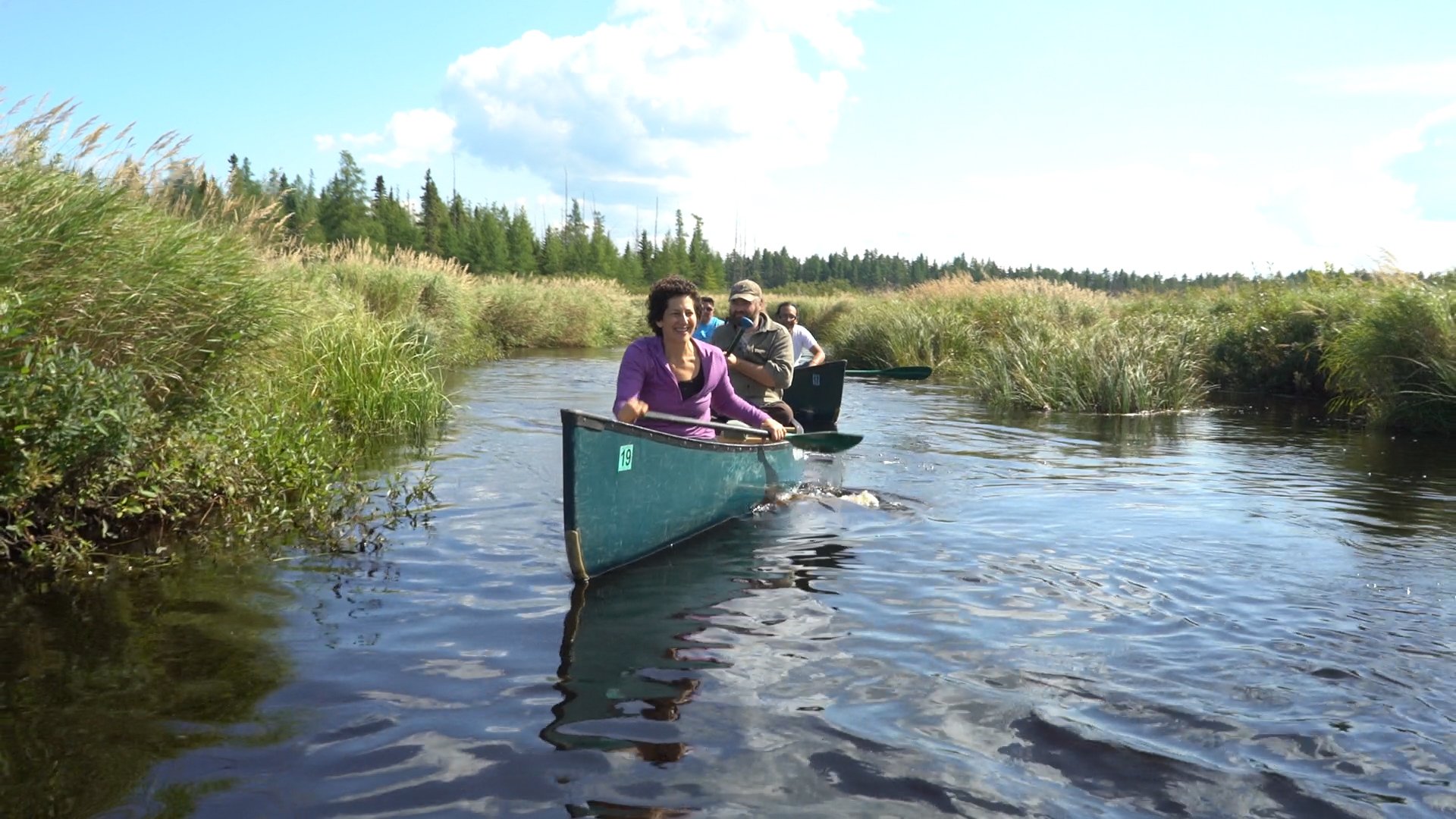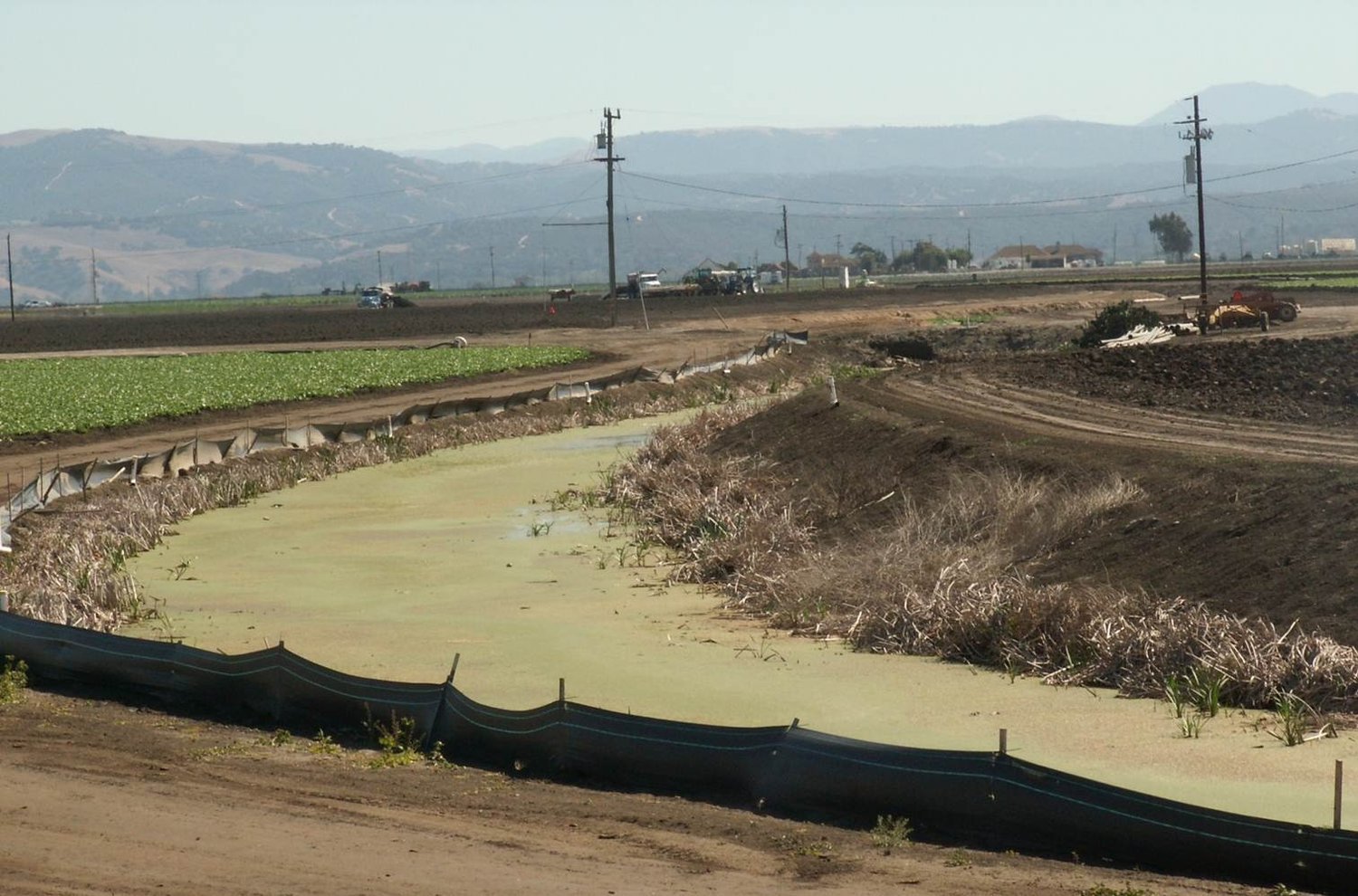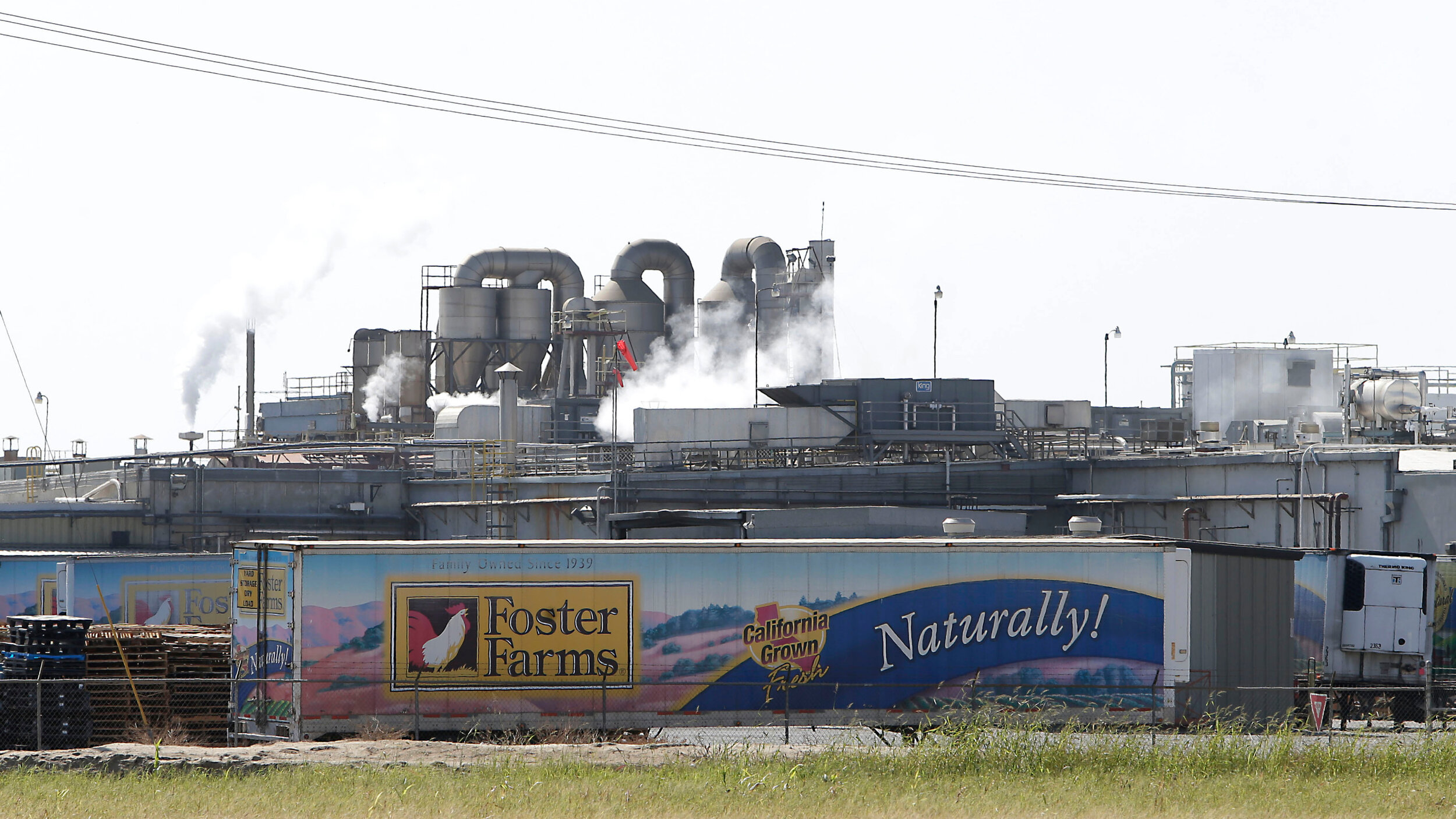When a Park Stands Between New York City, a Real Estate Developer, and an Underserved Coney Island Community
Seth Korman
A coalition of environmental advocates and community members join together to protect green space and support a long-ignored urban community.
Like so much public interest litigation, this is a case that never should have ended up in court. Rather, representatives from New York City, iStar Financial (a NYSE-listed real estate trust), and the West Coney Island community should have been able to sit down and come to an agreement. Instead, a $53m amphitheater project is in limbo, a community has lost one of its largest green spaces, and uncertainty clouds both the future of development in Coney Island and a bedrock area of New York State environmental law.
For too many years, the residents of the west side of Coney Island, one of the poorest parts of New York City and a neighborhood with some of its worst infrastructure, have felt ignored by the City. They’ve seen money poured into the nearby beaches and amusement district, which receive millions of visitors each year, yet they live in a flood-prone area with poor sewers, insufficient transportation, and crumbling public housing. In fact, one of the largest recent influxes of money into the area was from real estate developer iStar, which has over the past years purchased nearly 70 percent of the developable groundspace in this underserved seaside community.
In order to increase the value of their holdings, iStar convinced the City to construct (and pay for) a $53m amphitheater and commercial space, which they claim will revitalize this part of Coney Island. Yet the local community disagrees. High-end stores, upmarket apartments, and a privately-managed concert venue are not what the community needs, and would do little to create meaningful jobs or alleviate the area’s already overtaxed sewers and infrastructure.
And so, after a refusal to negotiate, and after the developers sent in bulldozers in the middle of the night, destroying a popular community garden that the neighborhood had rebuilt after Hurricane Sandy, a coalition of Coney Islanders, community gardeners, and environmentalists brought suit.
Their claims are twofold: (1) that the proposed development is an illegal alienation of public parkland, which in New York is protected by the common-law Public Trust Doctrine, and (2) that the City failed to conduct a proper environmental review in its rush to approve the project in the waning moments of the Bloomberg Administration.
The suit was filed in April 2014, yet after multiple hearings, a replacement judge, and numerous delays, the petitioners are still waiting for a full decision. Though the project was supposed to be completed by the summer of 2015, the construction area remains vacant, and the community has now been deprived of its park space for over eighteen months (and two growing seasons). At present, the petitioners continue to lobby the City and the DeBlasio Administration to stop the development, and at the same time they are preparing for a possible further trial and appeal (with generous support from the Impact Fund). For now, however, they await an initial ruling, and must sit idly for another summer while their park remains locked to the public.
In addition to protecting their neighborhood from unwanted development and restoring their park and garden, the petitioners are asking the court to provide clarity to the Public Trust Doctrine, a part of New York’s common law that protects public parkland from improper alienation. This case thus poses the question: How does the law treat parkland that is used as a park, listed as a park on city maps, and recognized as parkland by the community, when a municipality disputes the park’s legitimacy? This issue is of particular importance in urban areas such as New York City, because without proper protections, its limited gardens, open spaces, and parks may be subject to improper development. And as we’ve seen in this case, without such protections the City can and will trade its open space to satisfy the desires of a deep-pocketed developer, even if this development has serious consequences for both the local community and the environment.
In my next post, I’ll go a little deeper into the environmental issues at stake here, and I’ll discuss the Public Trust Doctrine, legal protections for parklands, environmental-review challenges in New York, and why these are all so important for underserved and/or urban communities.
About the author: Seth Korman is an attorney representing the petitioners in the abovementioned case, Coney Island Boardwalk Garden et al v. City of New York et al. He is also the recent founder of New York Public Interest Advocates, a brand new (and hopefully growing) nonprofit legal/advocacy organization that represents individuals and communities in these types of environmental and public-interest actions. He can be contacted at seth@nypia.org.
Footnote: Pending the decision of the New York Supreme Court, the Impact Fund is helping to fund further litigation to stand up for the rights of the local community and protect the environment from this unwanted development.





